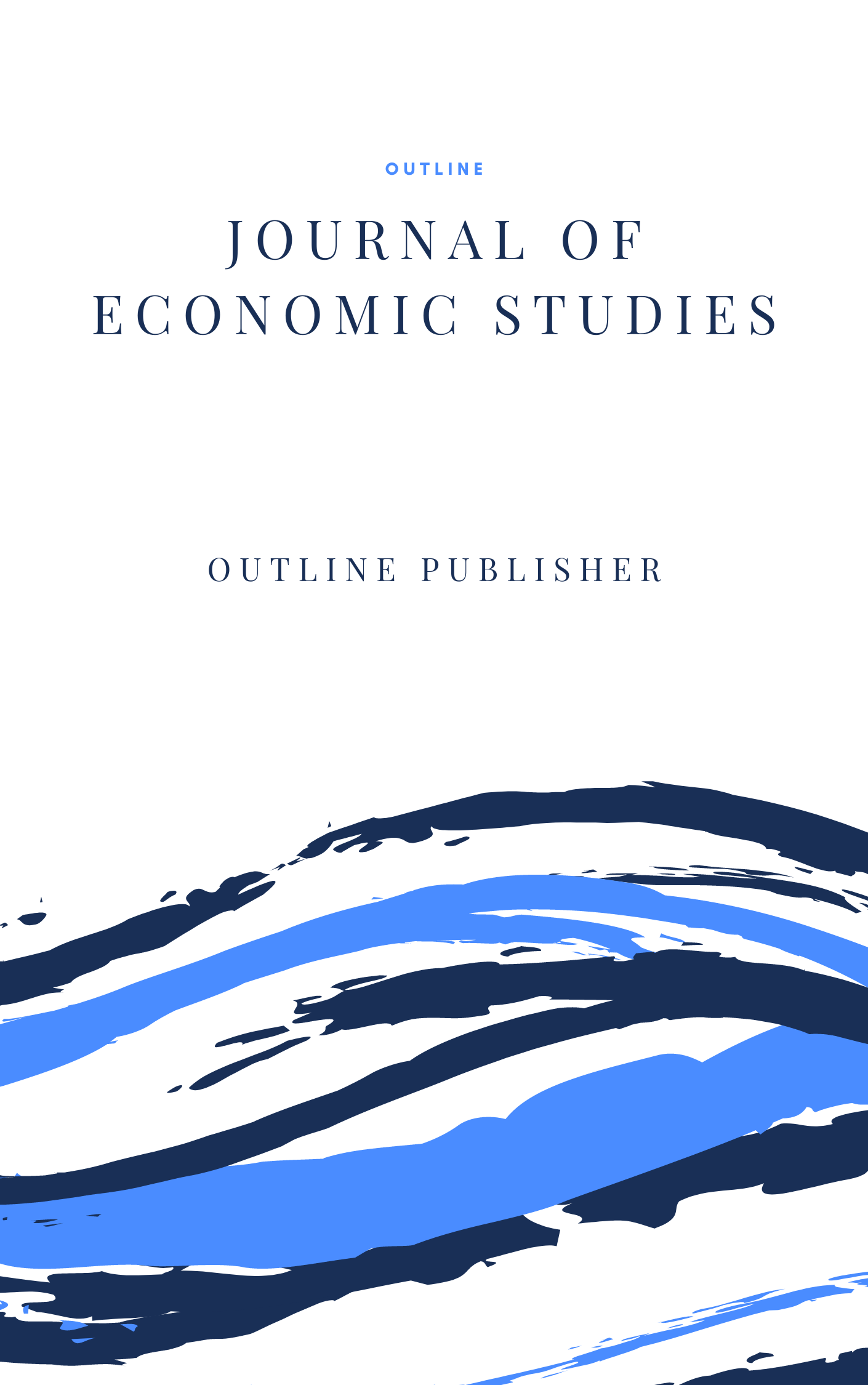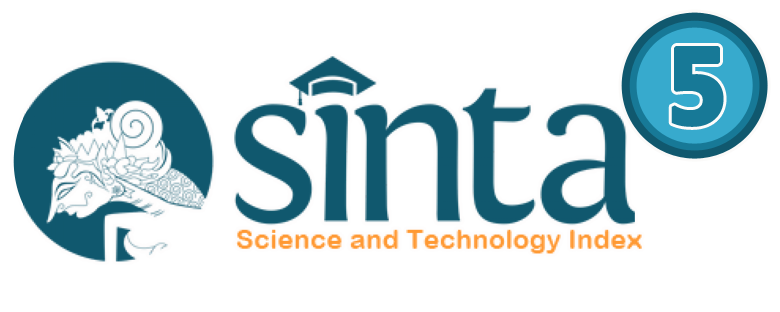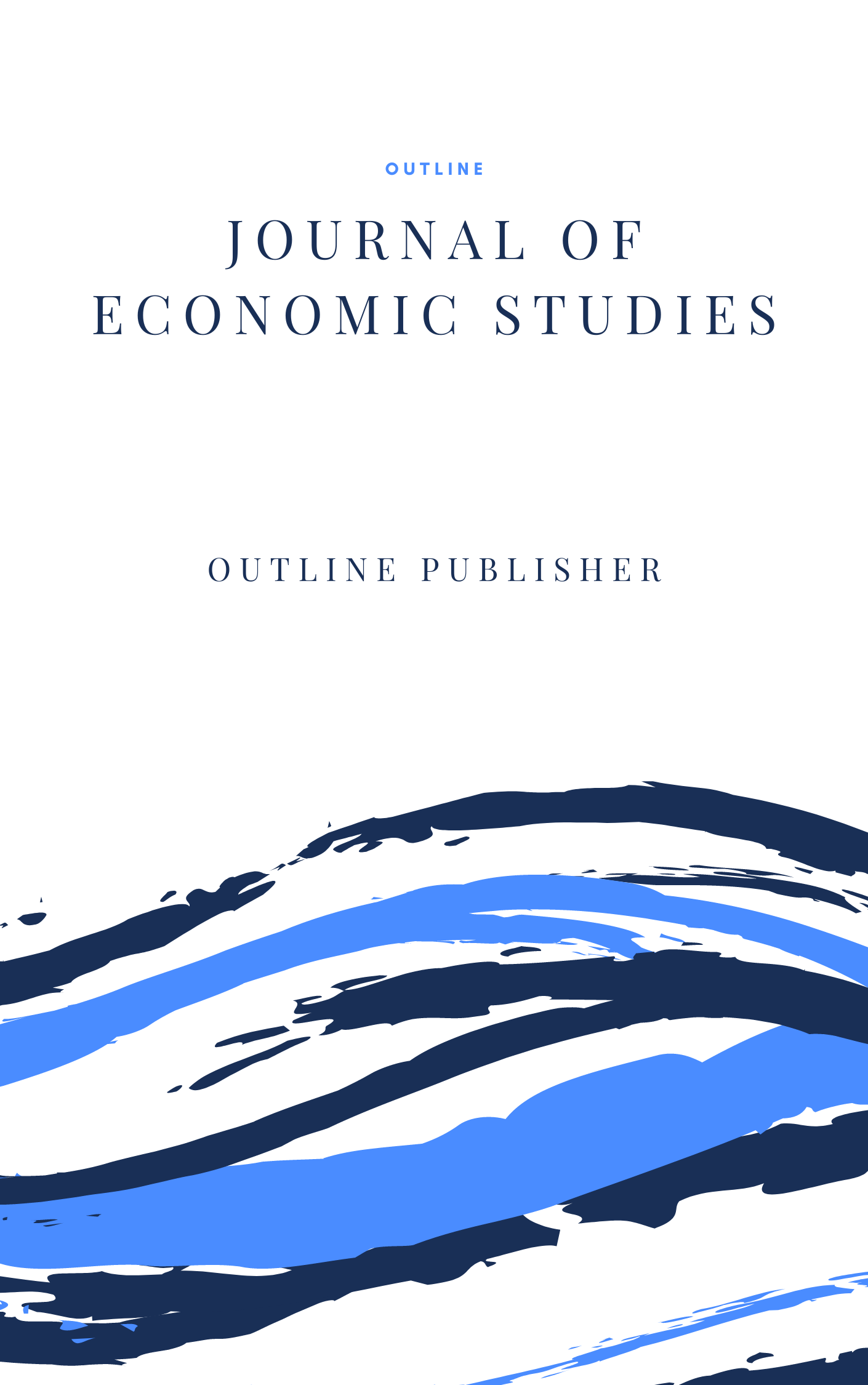Multiple Correlation Analysis of the Number of E-Commerce Entrepreneurs, Digital Literacy, and GDP per Capita on E-Commerce Transaction Value in Indonesia in 2020–2023
DOI:
https://doi.org/10.61730/yp6f4c72Keywords:
Multiple Correlation, E-Commerce, Digitalization, GDPAbstract
This study aims to evaluate the relationship between the number of e-commerce entrepreneurs, digital literacy level, and GDP per capita on the e-commerce transaction value in Indonesia from 2020 to 2023. The approach used in this research is multiple correlation analysis, using secondary data obtained from BPS, the Ministry of Communication and Information Technology, and the Indonesian E-Commerce Association (idEA). The findings of this study indicate that all three independent variables have a very strong relationship with the e-commerce transaction value, evidenced by an R² value of 1.000 which shows that 100% of the variance in transaction value can be explained by the combination of these three variables. In separate analysis, GDP per capita has the most significant impact (97.5%), followed by digital literacy (93.1%), and the number of e-commerce entrepreneurs (80.9%). This result indicates that the development of the digital economy in Indonesia is greatly influenced by the purchasing power of the community, understanding of digital technology, and the presence of online business actors.
References
Badan Pusat Statistik. (2023). Statistik e-commerce Indonesia 2020–2023. BPS.
Friedman, M. (1957). A theory of the consumption function. Princeton University Press.
Gujarati, D. N. (2003). Basic econometrics (4th ed.). McGraw-Hill.
Hartono, T., Sari, L., & Rahman, A. (2020). Digitalisasi UMKM dan perkembangan e-commerce selama pandemi COVID-19. Jurnal Ekonomi Digital Indonesia, 5(2), 115–126.
Kementerian Komunikasi dan Informatika. (2023). Laporan tahunan literasi digital nasional 2020–2023. Kominfo.
Kementerian Koperasi dan UKM. (2023). Transformasi digital UMKM Indonesia: Capaian dan tantangan. Kemenkop UKM.
Kementerian Perdagangan Republik Indonesia. (2021). Peta jalan e-commerce Indonesia 2021–2024. Kemendag.
Kotler, P., & Keller, K. L. (2016). Marketing management (15th ed.). Pearson Education.
Kurniawan, R., & Sari, I. (2023). Pengaruh GDP per kapita terhadap transaksi e-commerce: Studi lintas provinsi di Indonesia. Jurnal Ekonomi dan Bisnis Digital, 8(1), 45–55.
Laudon, K. C., & Traver, C. G. (2020). E-commerce 2020: Business, technology, society (16th ed.). Pearson.
Mankiw, N. G. (2016). Macroeconomics (9th ed.). Worth Publishers.
Nugroho, Y., Triawan, F., & Setiawan, D. (2020). Pengaruh pendapatan rumah tangga terhadap belanja e-commerce: Sebuah kajian elastisitas. Jurnal Riset Ekonomi Digital, 4(3), 77–89.
Samuelson, P. A., & Nordhaus, W. D. (2010). Economics (19th ed.). McGraw-Hill.
Sari, N. P., & Ningrum, D. A. (2021). Faktor-faktor penentu transaksi e-commerce di era digital. Jurnal Penelitian Ekonomi Indonesia, 6(2), 133–140.
Turban, E., Outland, J., King, D., Lee, J. K., Liang, T.-P., & Turban, D. C. (2018). Electronic commerce 2018: A managerial and social networks perspective (9th ed.). Springer.
Varian, H. R. (2014). Intermediate microeconomics: A modern approach (9th ed.). W. W. Norton & Company.
Walpole, R. E., Myers, R. H., Myers, S. L., & Ye, K. (2012). Probability and statistics for engineers and scientists (9th ed.). Pearson Education.





















